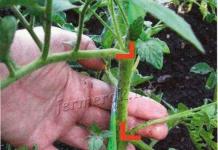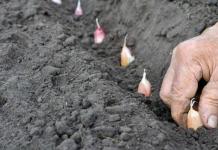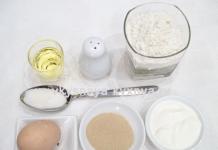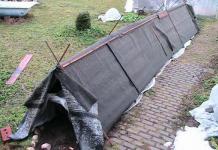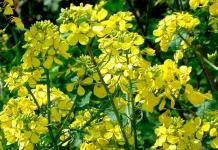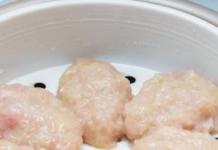Vegetables grown in your garden are a real help in the household. In order for them to appear on the table, you need to worry in advance that your tomato crop is not destroyed by such a dangerous disease as late blight. Even translated, the word sounds threatening - "plant eater."
Phytophthora on tomato seedlings: what to do?
The causative agents of this dangerous disease are the spores of protozoan fungi. The impetus for their activity is a moderate temperature with high humidity, frequent dew and even rain. Such meteorological conditions contribute to the rapid development of phytophthora. Timely measures can help stop this disease. Today there are a huge number of chemicals that have been created to combat late blight. But many summer residents do not want to use chemicals on their site, and not all of them really help.
It is more correct and safe to use ecological methods to combat late blight.... Natural remedies contain live microorganisms that destroy the causative agent of the disease, while preserving the beneficial flora. Many folk remedies for phytophthora not only help cure tomatoes, but also prevent their infection.
What is the best way to spray tomatoes from late blight?
- Seeing traces of late blight infection, tear off rotten fruits and darkened leaves. Then dilute 1 glass of salt in 10 liters of water and spray the tomatoes. After drying, the solution will create a protective film on the fruit, which will help contain the development of infection.
- Dislikes late blight and garlic... Therefore, spraying tomato bushes with a solution of garlic every 14 days will save the crop. If the year is too humid, the tomatoes should be sprayed at least 5 times. To prepare a medicinal solution, you need to take 1.5 cups of crushed shoots and heads of garlic, mix them with potassium permanganate and add the mass to a bucket of water. For one bush, it is enough to use 0.5 liters of ready-made infusion.
- Also, a tinder fungus will help in the fight against late blight. The slightly dried mushroom should be chopped up with a sharp knife. Then boil 100 g of mushroom with boiling water in a ratio of 1 liter of water. Strain the resulting solution through cheesecloth. At the first signs of the onset of the disease, spray the tomato bushes immediately. After 14 days, repeat the treatment.
- To spray diseased tomatoes, you can use a solution of rotten hay or straw, saltpeter and urea. They contain microorganisms that help destroy disease-causing spores without harming plant health.
- Bordeaux mixture or a solution of copper sulfate (1 tbsp. L for 5 l of water) will also help to cope with the disease. Tomatoes should be sprayed with them every 10 days.
How is the treatment of tomatoes from late blight with whey carried out?
When fighting late blight, it is very important to start processing infected plants on time. To reduce the risk of disease, it is necessary to avoid planting tomatoes in the place where potatoes grew or where the remains of infected plants are.
- Milk whey can also help in the fight against late blight, which must be diluted with water in a ratio of 1 to 1. Starting in July, tomatoes should be periodically sprayed with this solution. Another treatment solution is a mixture of 1 liter of low-fat milk, 10 liters of water and 15 drops of iodine. It is best to spray the plants with this remedy every 2 weeks.
- A solution of 0.5 liters of settled milk and 10 drops of iodine will help to improve the general condition. Spraying tomatoes with it, you can not only destroy all pathogenic microbes, but also accelerate the ripening of fruits.
Prevention of late blight on tomatoes
As you know, the best way to combat any disease is prevention, and late blight is no exception. To increase the immunity of plants, you can use a decoction of horsetail. 150 g of fresh horsetail or 100 g of dry horsetail should be boiled in 1 liter of water for half an hour. Dilute the resulting broth in 5 liters of water, then spray the tomatoes with it. This can be done 1 p. in 2 weeks or 1 p. a week if the summer is too rainy.
You can also stir kefir in a bucket of water, which has been defended before that for 2 days. With this solution, it is necessary to spray all the plants 2 weeks after planting, then spray it weekly throughout the summer.
The basic rules for the prevention of late blight on tomatoes include:
- Plant tomatoes in the same place no earlier than 3 years.
- Be attentive to the planting scheme, avoiding excessive thickening of the plants.
- It is advisable to choose varieties that are resistant to diseases and those that ripen before late blight appears.
- Leaves growing first to the fruit cluster are best removed to ensure proper ventilation.
- It is also very important to separate the planting of potatoes and tomatoes.

In mid-August, tomatoes growing in the open field are best covered with a film at night so that the temperature drop does not cause the appearance of the disease. You can make a canopy over the plants that will protect them from spores that are carried by the wind.






